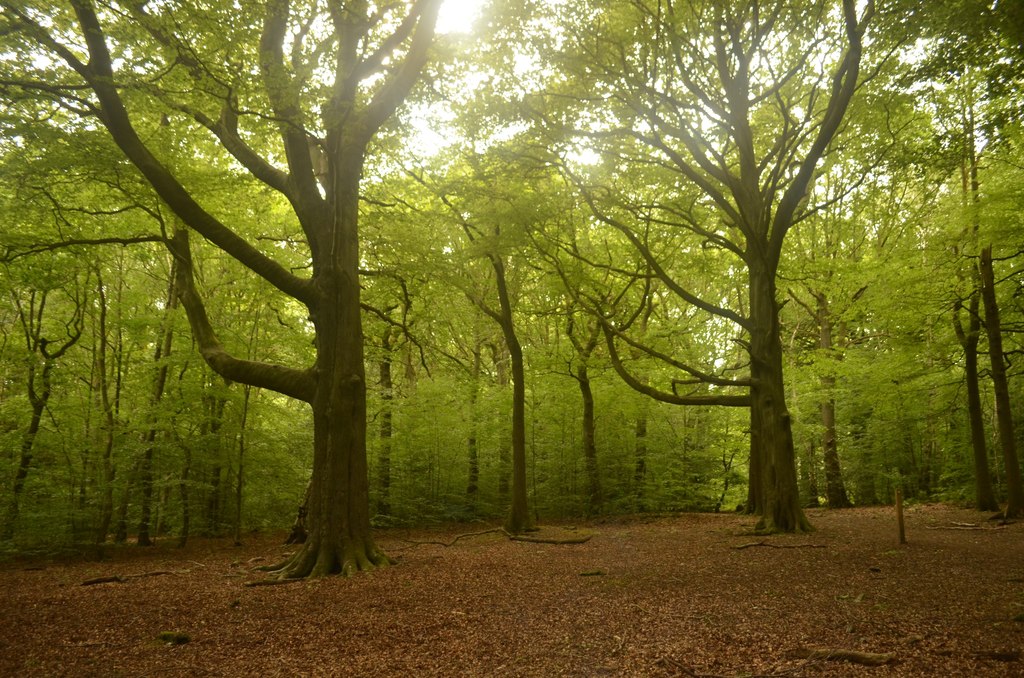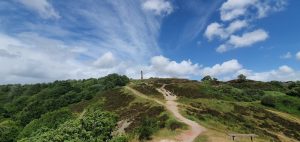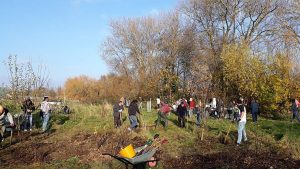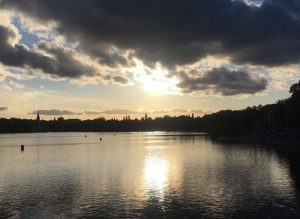How old is an ancient woodland?
Ancient semi-natural woodlands (ASNWs) are woods that have persisted in the landscape since the Middle Ages from a date of approximately 1600AD, although most ancient woodlands are much older than this; many are fragments of the Wildwood. The date 1600 is used as, at this time, the first maps showing woodland were made; also few woods were planted before this date.
Some ASNWs may have been felled several times and either re-planted or left to regenerate naturally so species composition and the size of the trees present does not necessarily prove a site to be ancient. Some ASNWs have been replanted with plantations of conifers and so do not initially appear to be ancient woodland areas.
ASNW usually contain a diverse array of animals and plant species, many of which are unique to such sites and which are our only remaining link to the original Wildwood, which once covered most of England. The woodland usually has a varied structure and can include patches of species-rich grassland, heathland or marsh within the wooded area.
Ancient woodland is a scarce habitat; of all the woodland in Cheshire, less than 1% is ASNW. In 1997 there was known to be only 1.263ha ancient semi-natural woodland in the county. Much of this woodland is in small fragments; most sites are less than 10 ha and 65% are less than 5ha.
Some of the remaining ancient woodlands are in steep stream-eroded valley sides, inaccessible for grazing or woodland management. Examples of these ‘clough’ woodlands can be found in the incised river valley of the Bollin, Dane, Weaver and their tributaries.
The best time to visit our ancient woodlands is in the spring when the ground flora is in full flower. Carpets of bluebell, wild garlic and anemone, studded with primrose and wood sorrel are a stunning sight.
Veteran Trees
Veteran trees form an important part of our cultural and historical heritage, greatly contributing to the landscape in many areas. They are often several hundred years old and have a unique style and form.
Many veteran trees have inadvertently been cut down as they were thought to be diseased or dying, however old trees with some dead wood will survive several hundred years. Each tree can support a very wide range of species, including plants, insects, lichens, fungi and micro-organisms, many of which only survive in these specialised conditions and are therefore amongst our rarest.
Rotten timber within veteran trees is an ideal habitat for many insects and hence beneficial to insect eating birds, bats, etc. Hollows and holes provide nesting and roosting sites for birds, bats, other small mammals and insects. Veteran trees can be the host for climbing plants such as ivy, providing nectar sources when no others are available.
Veteran trees are a UK National Biodiversity Action Plan proprietory habitat.
Management to benefit wildlife:
- Leave climbing plants such as ivy on the tree. They do little or no harm to the tree and provide a great source of nectar and berries.
- Where possible try to leave dead wood on the tree as this is hugely beneficial to a wide range of species. However be aware of the potential hazard of veteran trees, some dead wood may need to be removed for safety reasons.
- Always seek expert advice before undertaking any restoration work.
- In some cases partial or full pollarding of a veteran tree might be beneficial. This should only take place after an individual assessment has been carried out.
- If a tree has to be felled for safety reasons, try to leave the trunk and some of the dead wood remaining as it can support a wide range of organisms.
From Cheshire Wildlife Trust

Reproduced with permission of North West Parks Friends Forum







